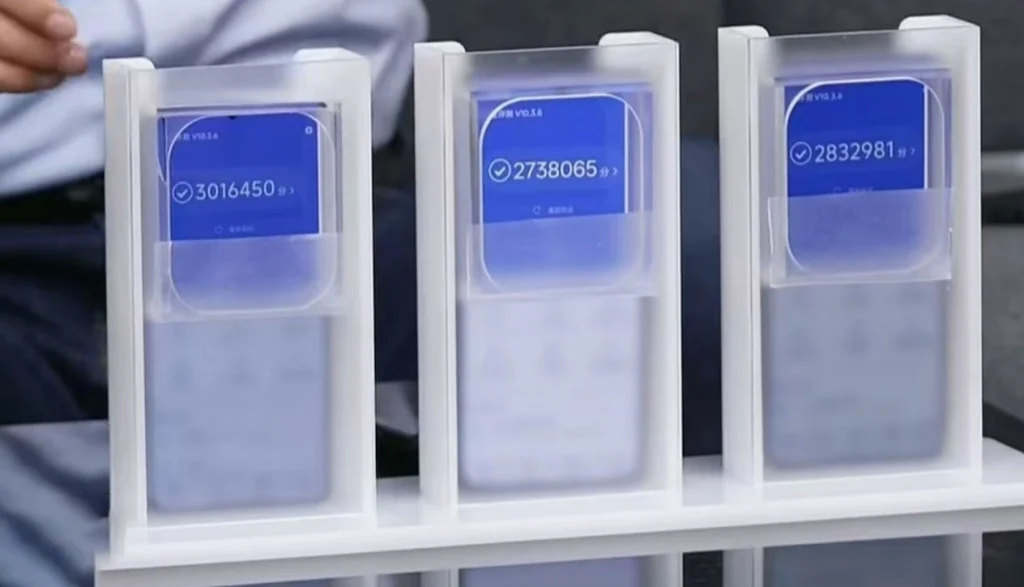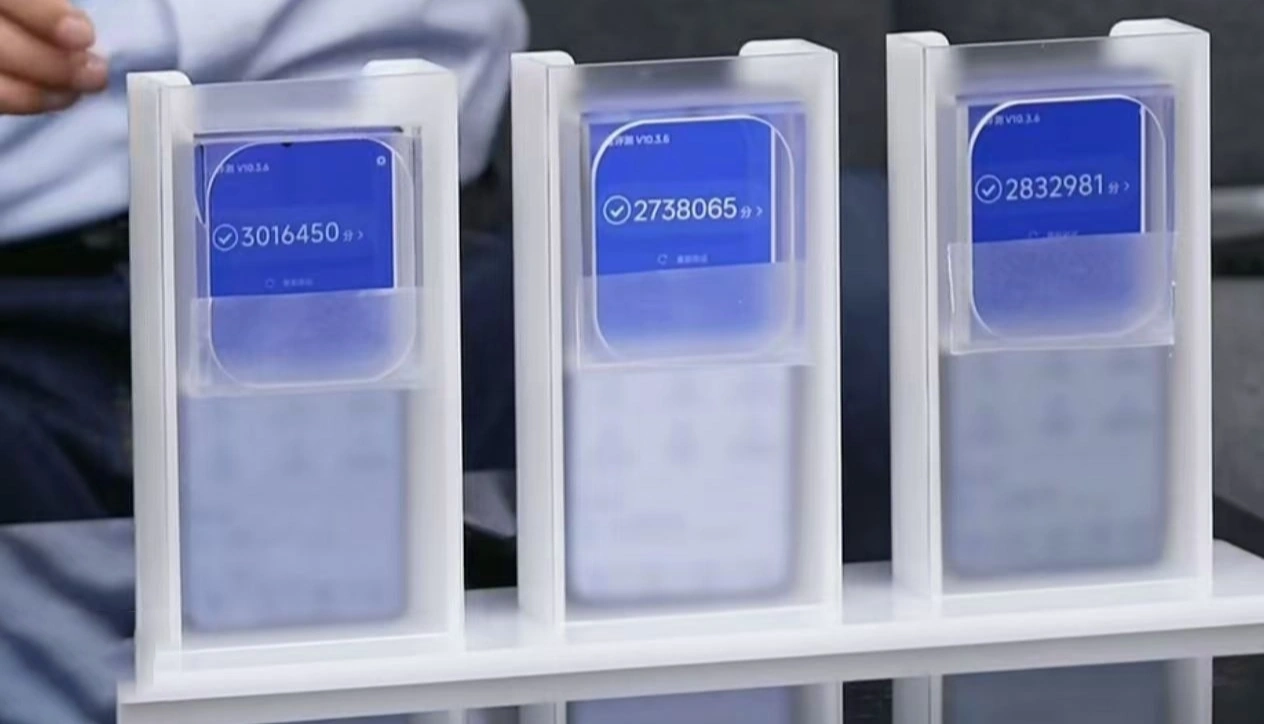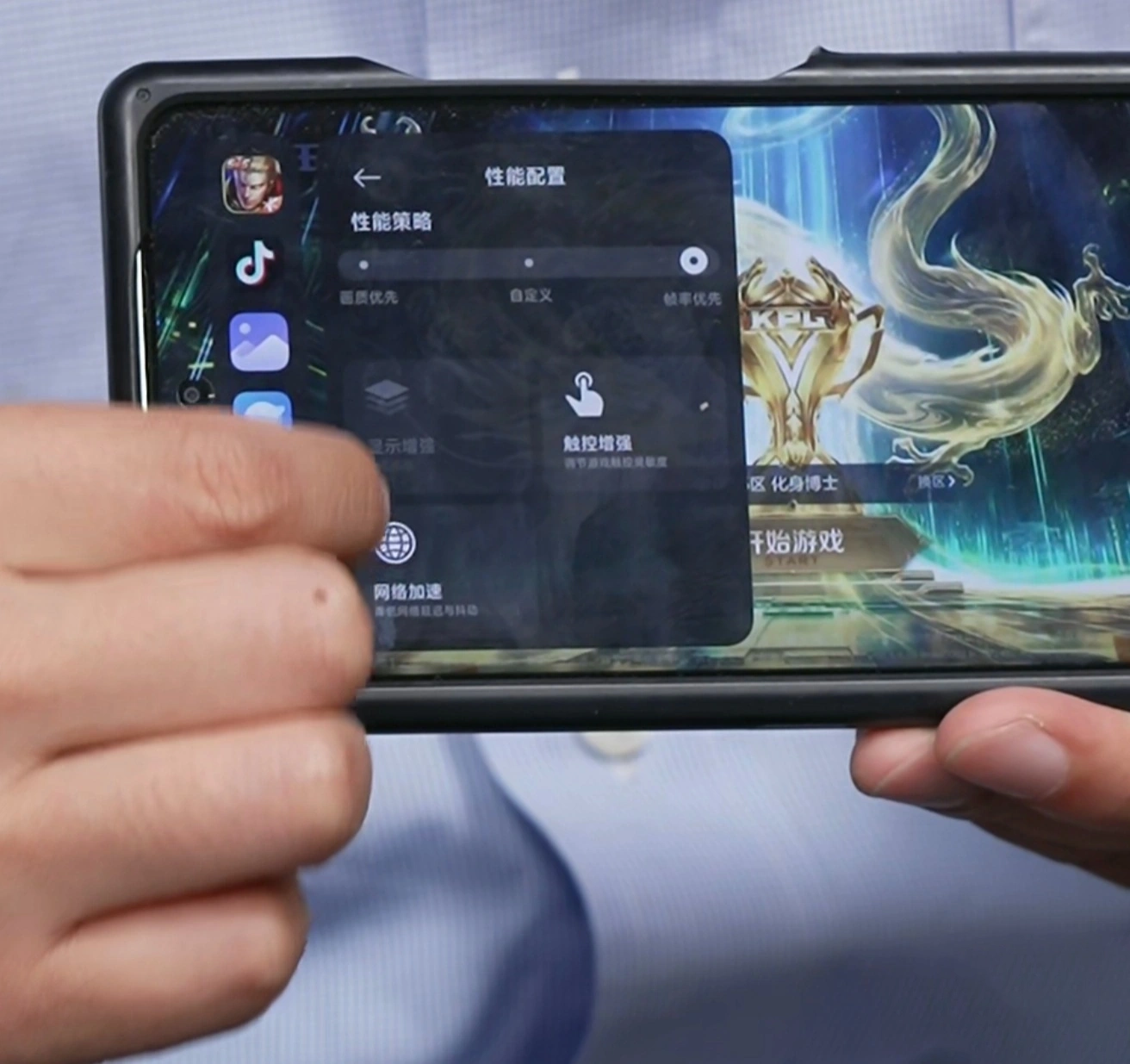So, here’s the thing: Xiaomi’s Redmi K80 Pro is looking hot, and its performance benchmark scores have crossed 3 million points-precisely 3,016,450 points-in tests run at room temperature. Suffice it to say, that kind of score is bound to send tech enthusiasts into raptures because it speaks volumes about the processing muscle and power efficiency of this new device. In addition, teasers from Xiaomi officials suggest that the K80 Pro will indeed boast a metal frame, lending its design a much-needed premium touch.
A high output, high-durability powerhouse
In a recent sneak peek, netizens noticed this metal frame and left a comment to which Xiaomi’s Redmi Product Manager Hu Xinxin offered no denial. That’s all one needs if one’s looking for an assurance in the affirmative. And if true, it would increase durability but also bring the aesthetics to an entirely different, classier level with an added premium feel.
The build option, with amazing performance metrics, could possibly make the Redmi K80 Pro one of the contenders in the high-performance smartphone segments.
HyperOS 2: Tailored for Gaming and User Experience
One of the devices that will sport Xiaomi’s further advanced HyperOS 2 is the Redmi K80 Pro, tailored specifically for the K series. The general manager of Redmi, Wang Teng, elaborated that the system of HyperOS 2 would have its visual design optimizations done to cater to its gaming performance and touch response. This tailor-made version of HyperOS 2 is expected to offer:
- Optimized Performance in Gaming: HyperOS 2 customizations on the K80 Pro definitely improve gaming performance through efficient release of system resources, promising smooth and lag-free gameplay.
- Responsive Touch: The improvements to be expected in HyperOS 2 will make this the most responsive and accurate touch experience; very crucial for gamers, who sometimes need responsiveness down to even minute gestures.
- New System Animations: There are refreshed animations on the user interface that enrich the smooth and graphically rich experience waiting for users with HyperOS 2.
Expectations in Pricing and Model Range
Following the latest announcements, the Redmi K80 Pro would make its way for the range of 4,000 yuan, and its starting estimated price is around 4,000 yuan. With this move, Xioami will surely keep on striving to provide high-end features along with affordability. While on the other hand, it’s worth mentioning that the Redmi K80 series won’t offer a small-screen version. The decision of Xioami could find favor for those who like working or using media and gaming on larger screens.
A Powerful Addition to the Redmi K Series
Boasting high benchmark scores, probably a metal frame, and a custom-tuned HyperOS 2, the Redmi K80 Pro is shaping up to be a solidly powerful and durable device designed for performance-oriented users. This is furthered by the inclusions in HyperOS 2 for custom gaming and touch enhancements that underpin Xiaomi’s attention to the optimal user experience which this new model will deliver, especially to gamers.
With Xiaomi still pushing the limits in performance and design, this may turn some heads when the Redmi K80 Pro is launched.


 Emir Bardakçı
Emir Bardakçı




No phones of Redmi k series yet to available in India since long time except k50i and also k series phones rebranding by the name of poco which are not liked by most of the users. So for greater acceptance of these devices it may be rebranded by the name of Xiaomi Poco.